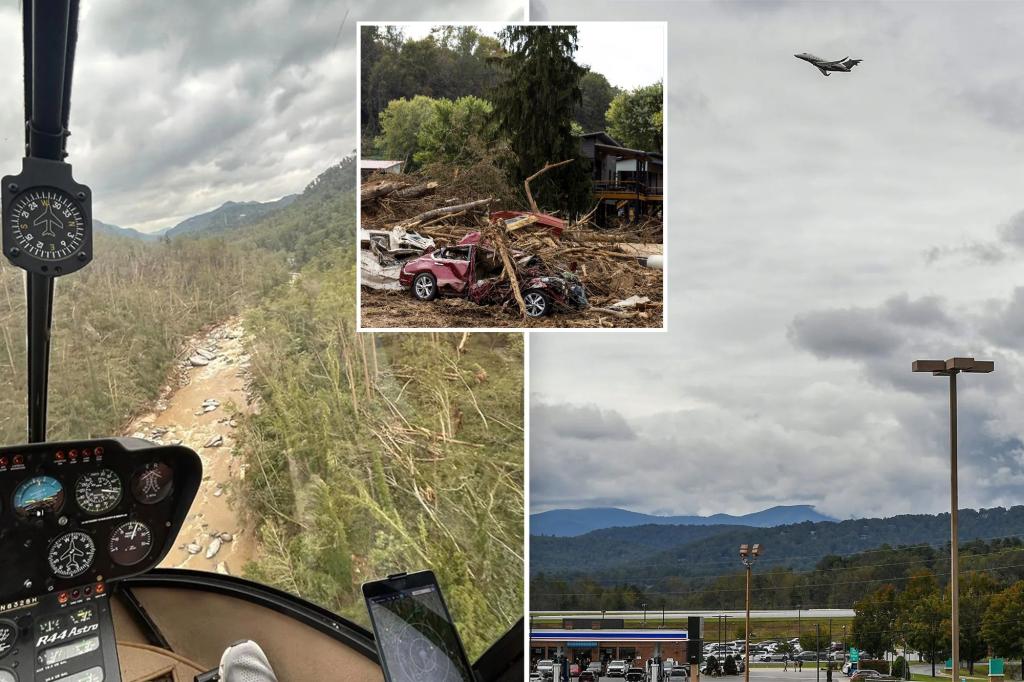In the aftermath of Hurricane Helene in western North Carolina, there was a surge in relief efforts which led to a significant increase in mid-air close calls on September 28. Approximately 30 incidents were reported in the state as a result of the crowded skies with planes, helicopters, and drones. The increased air traffic prompted federal authorities to implement new regulations to enhance safety during relief operations. This included requiring pilots and drone operators to obtain approval before using airport facilities and runways to minimize the risk of mid-air collisions.
The North Carolina Department of Transportation Division of Aviation reported that the region had received an outpouring of support from government, search and rescue flights, and the National Guard. Despite the positive intentions of these efforts, safety concerns arose and prompted the FAA and NCDOT to enforce stricter regulations. Director Becca Gallas emphasized the importance of ensuring the safety of pilots and aircraft during critical operations. In addition to the Prior Permission Required designation, other measures such as call-in lines for pilots, sky corridors for civilian aircraft, and targeted airspace restrictions were implemented to mitigate risks.
While no commercial airlines were involved in the mid-air close calls, there were incidents of aircraft suffering maintenance issues or catching fire while delivering relief supplies. Gallas noted that two small airports in the area ran out of fuel temporarily due to the increased air traffic. The FAA’s efforts to regulate air traffic and prevent accidents reflect the challenges faced by responders and pilots in the aftermath of a natural disaster. The implementation of safety measures aims to ensure that relief operations can continue without endangering the lives of those involved.
One week after Hurricane Helene struck, more than 100 people are still missing and feared dead, with the death toll surpassing 200 across six affected states. In North Carolina alone, 114 people lost their lives due to the storm’s devastating flooding, making it the deadliest storm in the US since Hurricane Katrina in 2005. The impact of Helene and subsequent storms in the region resulted in over 40 trillion gallons of water being dumped, leaving communities struggling to access basic necessities such as food, water, electricity, and communication services. The ongoing challenges faced by storm victims highlight the urgent need for continued support and resources in the recovery efforts.
The coordination and regulation of air traffic following Hurricane Helene underscores the complexities of disaster response efforts, particularly in crowded airspace. The efforts of federal authorities, state agencies, and local responders to manage the influx of relief flights and ensure safety are crucial in addressing the immediate needs of affected communities. The implementation of new regulations to prevent mid-air collisions and accidents demonstrates a proactive approach to safeguarding the lives of pilots and responders involved in relief operations. Despite challenges such as fuel shortages and maintenance issues, the focus remains on the well-being of those impacted by the storm and the ongoing recovery and rebuilding process in the aftermath of Hurricane Helene.


